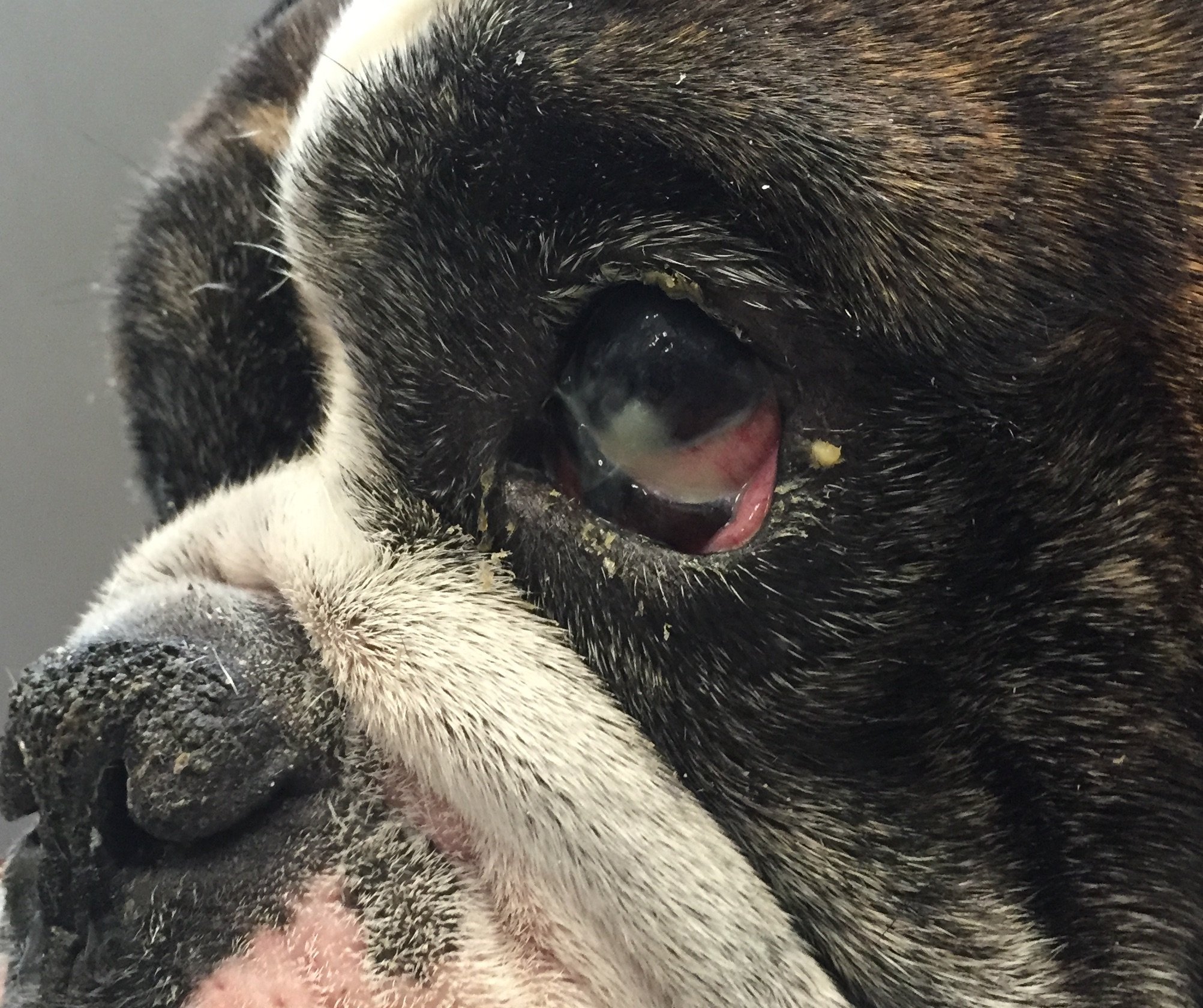Dry Eye in Pets: Understanding Keratoconjunctivitis Sicca (KCS)
Keratoconjunctivitis sicca, or KCS, is a common condition we treat here at Two Rivers Vet Hospital in Fargo, ND. Often referred to as “dry eye,” KCS occurs when your pet’s eyes stop producing enough tears to keep the surface of the eye healthy and lubricated. Without adequate moisture, the eyes become dry, inflamed, and vulnerable to injury or infection.
What Causes KCS?
KCS is most often caused by an autoimmune condition that damages the tear-producing glands. It can also be triggered by certain medications, trauma, or neurological issues. It is especially common in certain dog breeds like Shih Tzus, Bulldogs, Cocker Spaniels, and Lhasa Apsos.
Symptoms to Watch For
Pets with KCS often have:
Thick, sticky eye discharge (often yellow or green)
Redness or inflammation
Frequent squinting or blinking
Cloudiness of the eye surface
Rubbing or pawing at the eyes
Crusty debris on the eyelids
Left untreated, KCS can lead to chronic pain, corneal ulcers, pigmentation changes, and even vision loss.
How Do We Diagnose It?
We use a simple in-clinic test called the Schirmer tear test. A small, sterile strip of paper is placed just inside your pet’s lower eyelid for 60 seconds. The paper measures how much tear production is occurring. If the results show inadequate tear production, we can diagnose dry eye and begin treatment right away.
Treatment Options
Fortunately, KCS is very manageable with consistent care. Most pets respond well to a combination of:
Cyclosporine or tacrolimus eye drops to stimulate tear production
Artificial tear solutions to provide lubrication
Occasional use of antibiotic drops or ointments if infection is present
Cleaning the eye area daily to remove discharge
Treatment is lifelong in most cases, but most pets adapt well once symptoms are under control. Regular follow-up with your veterinarian helps ensure your pet’s eyes stay comfortable and healthy.

